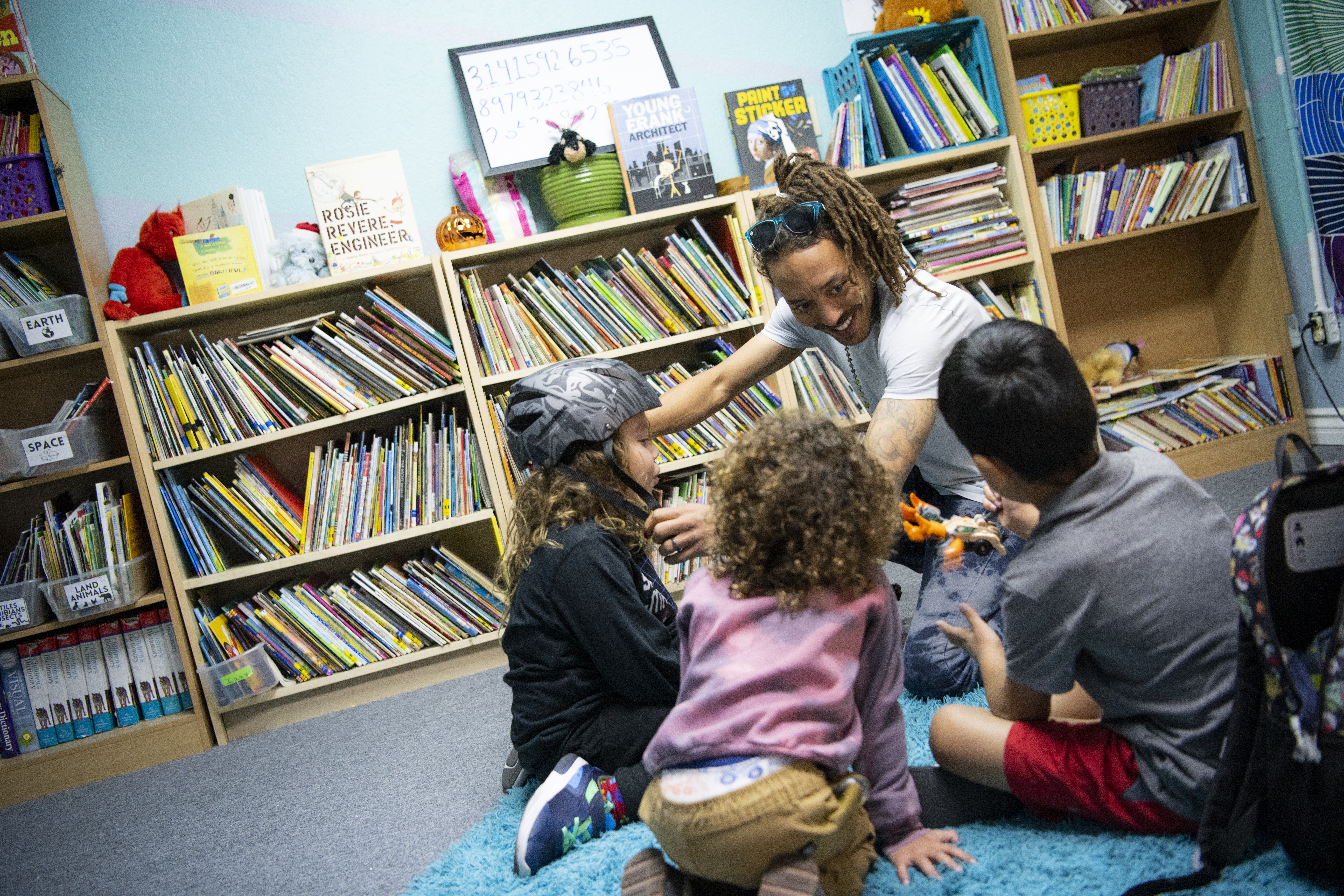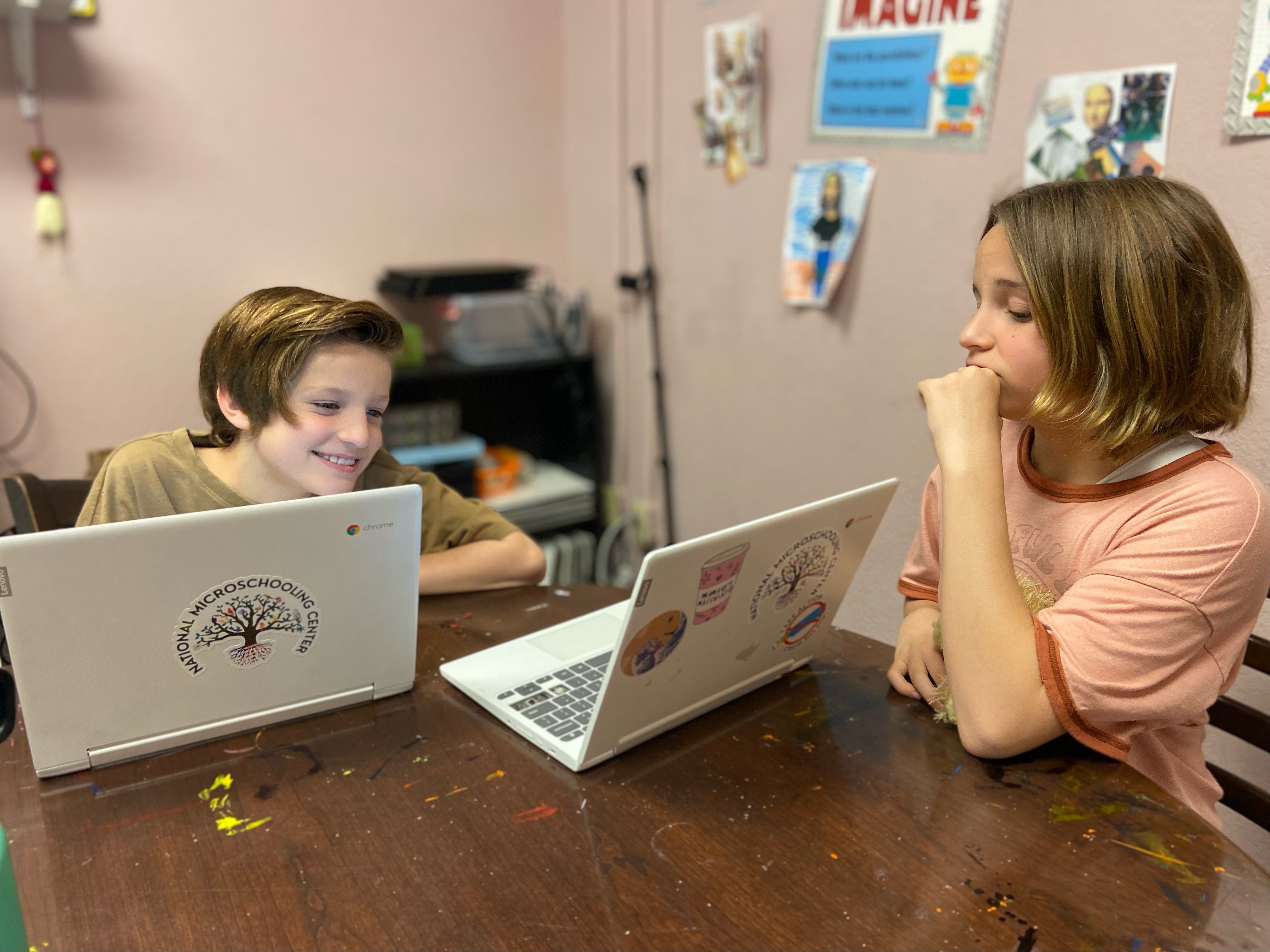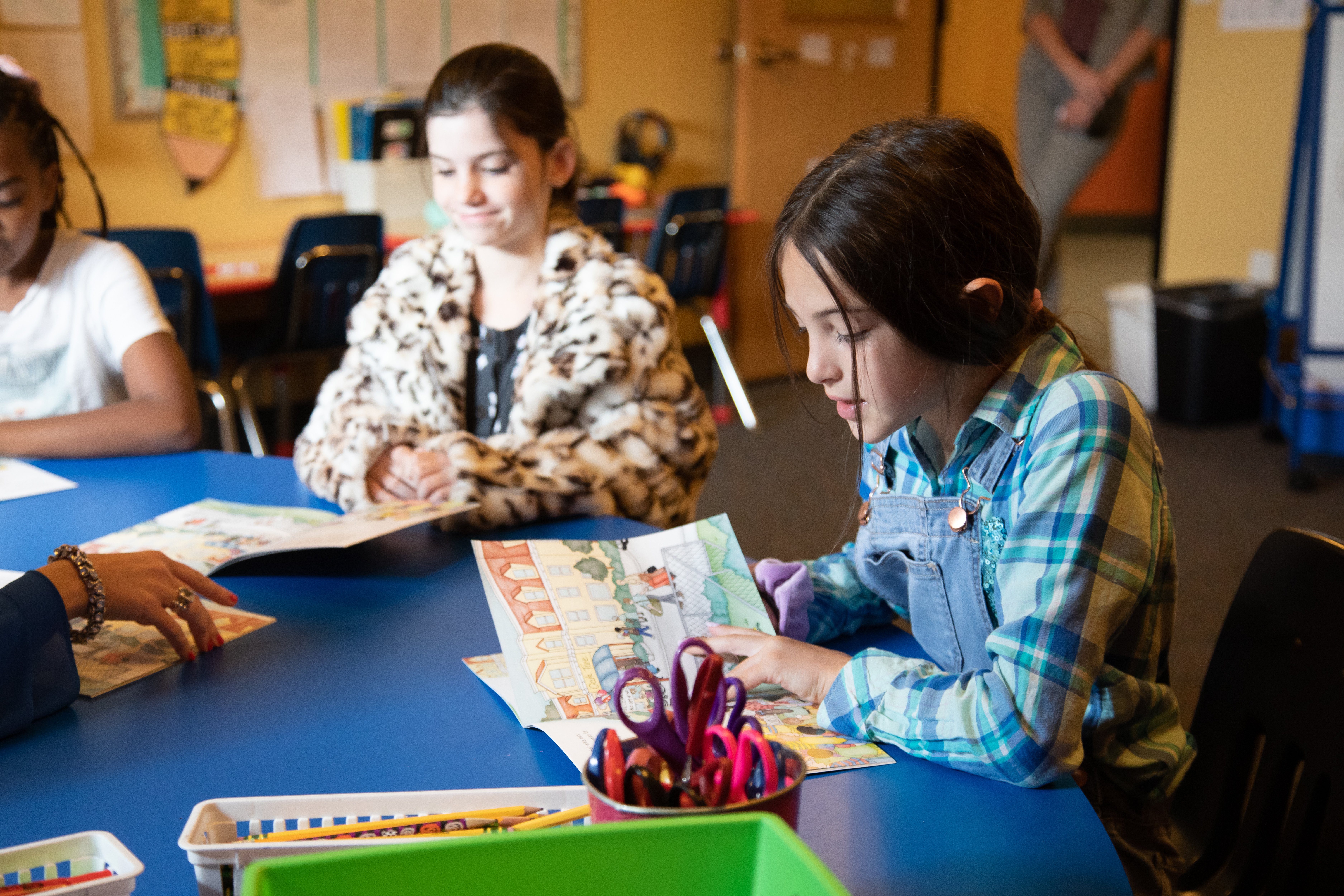Microschooling Moments: A more personal journey
Welcome to the first post in our new series, Microschooling Moments.
2 min read
Don Soifer and Ashley Soifer : Apr 17, 2025 1:10:26 AM

While good people strive to lead valuable change in public schools in every state, families in rural, suburban and urban communities alike feel trapped by limited, slow-changing school options they view as not improving fast enough to prepare their children today.
In microschools, children from all backgrounds find themselves thriving in ways they never had in their prior, traditional schooling settings that just didn’t seem the right fit for their evolving educational needs.
Microschools aren’t here to replace our struggling school systems. With school choice surging across the country, microschooling’s popularity is growing in red, blue and purple states alike, proving to be a viable option in states with and without school choice dollars that microschools can access
Children representing historically underserved and marginalized communities are thriving in microschools across the country. So, too, are the children of tech executives willing to pay high tuitions for small classrooms.
Experienced educators feeling burned out by systemic constraints are finding new energy and passion for their vocation with the flexibility of designing their own microschools. Meanwhile, career professionals from noneducation fields are creating immensely popular, innovative ways to help children learn anywhere with highly personalized classroom designs.
Many microschools are embracing AI to enhance teaching and learning in unprecedented ways. While forest schools, Waldorf schools, truly self-directed learning environments and other growing nontraditional movements celebrate learning without an electric cord in site.
Today’s microschooling movement is about, all of things and more than all of these things.
Worried education establishment backers fret their need to define in laws what microschools are and may be. Meanwhile around the country, vision-driven local founders challenge time-honored notions about what school can be.
Research by the National Microschooling Center finds that the three most popular motivations for microschool founders are: to enable children to thrive as they had not in prior settings, to offer educational options more relevant to the future of learners served, and to provide opportunities to systemically underserved or marginalized communities,
In the same research, microschool founders describe the two most important outcomes they seek for the children they serve as the academic growth over time of individual students, and children’s happiness or thriving in their new schooling setting.
Microschool founders in every state are coming together to embrace the pluralism of models rooted in the real needs of families in their communities. These visionary creators encourage others to step out and build the school of their dreams, and those of families they serve. Today’s microschooling is a movement whose leaders accept each other, embrace differing ideas, and know that every child needs a place to thrive. They know that their model isn’t the right fit for all families, and only by helping a truly diverse ecosystem to proliferate, will we stand a chance of every child flourishing and every family finding a new community they belong in. Welcome to today’s microschooling.

Welcome to the first post in our new series, Microschooling Moments.

In recent years, microschools have gained traction as a viable alternative to the traditional K-12 educational model. These small, often personalized...

The long-honored history of America’s military veterans is steeped in selfless acts to overcome obstacles and challenges and achieve good for the...